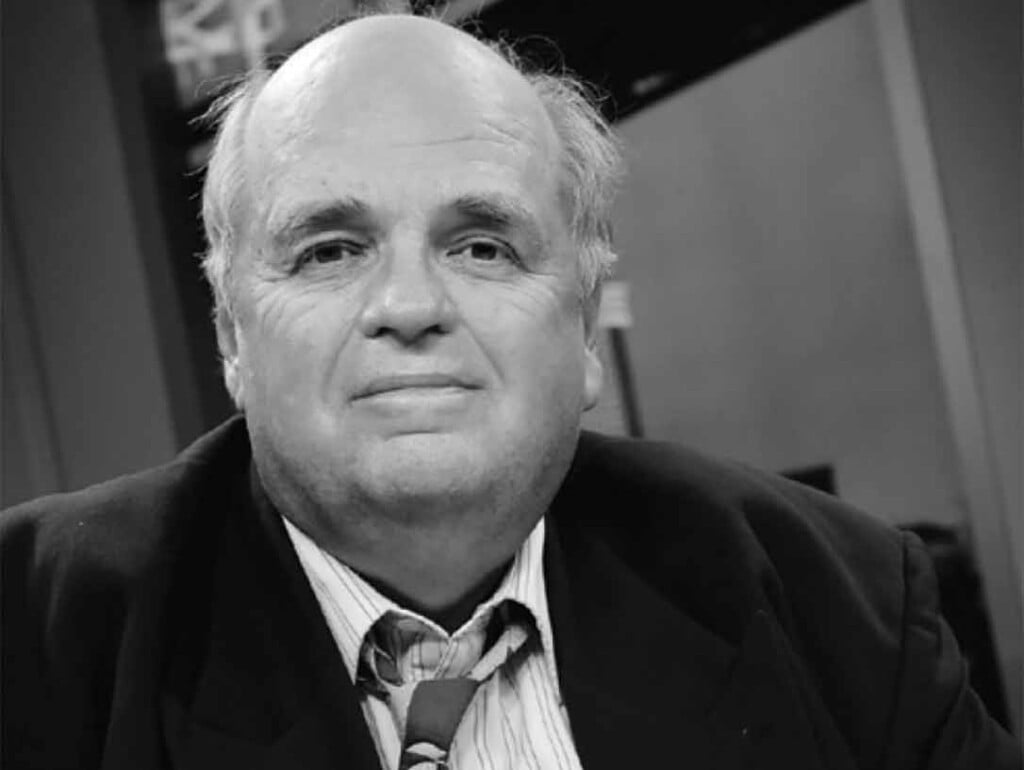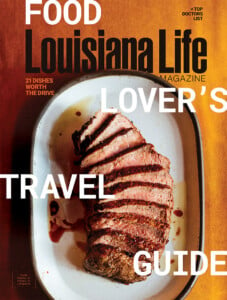Might Of The Pelican
From the Executive Editor's Desk

We begin with a limerick about my favorite bird:
A wonderful bird is the pelican,
His bill will hold more than his belican,
He can take in his beak
Enough food for a week
But I’m damned if I see how the helican!
Written by Dixon Lanier Merritt, a Nashville editor and humorist, and also kin to Tennessee Williams on the Lanier family side, he had the talent to create strange looking words, i.e., “belican” and “helican” that nevertheless functioned perfectly — just as a pelican. The bird with its prominent head and dangling pouch is strange to behold, but boy, can it dive for fish!
In this, the magazine’s conservation issue, we behold that Louisiana, with its delicate balance of coastal barriers, estuary systems, forests, bayous, swamps and rivers has so much worth saving.
Pelicans are among the best of nature’s creations. I love watching pelicans at work gliding gracefully over water seemingly at peace with the breeze that carries them. Then there is a sudden interruption of solitude as they plunge, beak first, mightily into the water. Within moments, the surface is broken again as the bird is propelled out and upward like a missile fired from a submarine. He quickly returns to gliding, only now his pouch is filled with fish. He tosses his head back and forth to discharge the water and then chaws on his bounty while anticipating the next plunge.
In Louisiana, the pelican has extra status as the state’s flag emblem depicting a mother white pelican with three chicks pecking blood from her breast for nourishment. In 1966 the more common brown pelican was declared to be the official state bird. There could be no better choice.
Hard times were ahead though. By the 1970s, the prized pelican population was dying out. On the barrier islands, there were nests containing the shattered fragments of eggs whose shells were made too thin to bear progeny because of poisonous DDT agriculture runoff. All birds were endangered, including the state symbol who no longer had her chicks.
There would be good news, however. DDT was a national problem, the scourge of waterways. Eventually, federal law curtailed its use, and the streams became cleaner. Louisiana still had the challenge of rebuilding the pelican population it had lost. In what might be the state’s greatest conservationist effort of all times, in 1968 arrangements were made to import 1,276 young brown pelicans from Florida. Pelicans are an ancient breed but probably never before had they migrated by truck. The program was a huge success. In 2009, the brown pelican was released from the federal endangered species list.
Pelicans tend to nest in colonies. A spot off the Louisiana Gulf Coast, Queen Bess Island, is now a haven for pelicans whose population explosion is not good news for the fish, but great for those who appreciate the beauty of nature. Around 4,400 pelicans are estimated to colonize the barrier island annually.
There would be another setback in 2010 caused by the BP oil rig explosion. Many of the birds were coated with the slimy gunk caused by the spill, but due to rescue workers, some were saved. Nevertheless, the state was estimated to have lost approximately half of its pelican colonies because of the spill. However, within 10 years, using money from fines dished out by BP, the island was declared to be restored and made fully habitable.
Having survived hard times, the pelicans are now at peace; many having Queen Bess as their own home island. Can the pelican endure?
I am sure as helican.

Errol Laborde
Executive Editor
Errol@Louisianalife.com
Louisiana Insider
Catch up on the latest podcast episodes
Episode 175
Words About Words with Editor Reine Dugas
Words are for reading, but sometimes it is good to pause and have a word or two about words themselves: how they are used; where they have taken us. Louisiana Life magazine Editor Reine Dugas joins Louisiana Life’s Executive Editor Errol Laborde, along with producer Kelly Massicot, to discuss Southern literature and who have been some of the best practitioners. They also discuss the art of writing, as well as the future of the book industry and some of their own writing tips. (They might have added a list of cliches that should be avoided “like the plague.”)
Episode 174
A Department Store, a Sugar Refinery and the Man Who Founded Both
Peter M. Wolf, the author of “Sugar King: Leon Godchaux: A New Orleans Legend; His Creole Slave and His Jewish Roots,” joins Louisiana Life Executive Editor Errol Laborde, along with producer Kelly Massicot, to discuss the history of an amazing man who also secretly purchased a Creole slave in order to liberate him, and would later become a business partner. Wolf also reveals what happened to the engine for Godchaux’s train that was used to haul items throughout the refinery. Hint: It was relocated to a major theme park.
